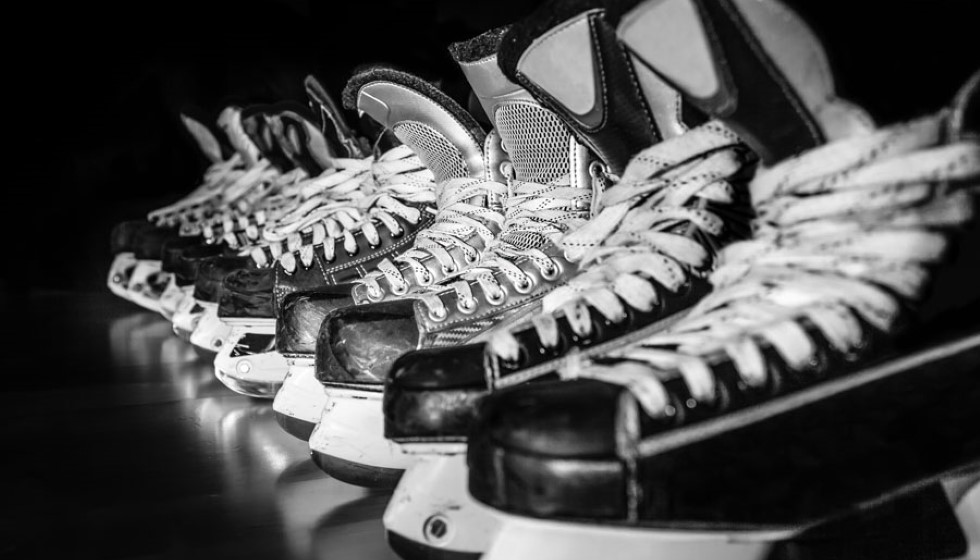
As the NHL season unfolds, emerging talents and strategic shifts are reshaping team dynamics and fan expectations. Among the rising stars, Will Cuylle's performance on the ice has been nothing short of impressive. In 20 contests, Cuylle has accumulated 17 points while logging just 14 minutes of ice time per game. This burst of productivity has not only caught the attention of fans but has also placed him among the top skaters in fantasy points, sitting between Elias Pettersson and David Pastrnak.
Cuylle's contributions have been pivotal for the New York Rangers, especially as injuries have led to his promotion to the top six. His chemistry with Mika Zibanejad was on full display during a recent game against the St. Louis Blues, where Cuylle found the back of the net twice, further solidifying his role as a key offensive asset. This shift in his role came during a critical time when the Rangers were striving to break a losing streak, and Cuylle's adaptability has proven vital.
Fantasy League Dominance
From a fantasy perspective, Cuylle has become an intriguing prospect. With a roster percentage climbing to 33.5%, his value is on the rise. Cuylle currently ranks 12th among all skaters in fantasy points per 60 minutes, earning an impressive 9.1 points in that timeframe. This ranks him closely behind renowned veterans like Alex Ovechkin, Martin Necas, and Brady Tkachuk, showcasing his potential to influence fantasy leagues significantly.
Meanwhile, other skaters in the fantasy realm, such as Stefan Noesen and Mathieu Olivier, also continue to make their mark. Noesen stands at 52nd among skaters with an ice time of 15:07 per game, backed by his seven power-play points this season. Conversely, Olivier earns 8.7 fantasy points per 60 minutes with slightly less ice time than Noesen, indicating his efficiency in seizing opportunities when available.
Impacts on Team Lineups
NHL teams are continually adjusting their lineups, inviting changes with significant impact. The crease share amongst goaltenders illustrates this shift well. Karel Vejmelka, for instance, has seen increased playing time with a current crease share of 43.4%, benefiting from Connor Ingram's injury. On the other hand, seasoned goaltenders like Petr Mrazek and Kevin Lankinen are bearing the brunt of their responsibilities with crease shares of 71.6% and 73.0%, respectively, underscoring their critical roles in their teams' defensive setups.
Injuries have necessitated further adjustments with players like Seth Jarvis and Aaron Ekblad reinstating their presence on top power-play units after recovering. On occasion, unexpected changes arise, such as Jakob Chychrun stepping up to fill the void left by Alex Ovechkin on the Washington Capitals' top power-play unit.
The Power-Play Shuffle
The strategic orchestration of power-play units reflects the adaptive nature of team management. Newly introduced talents and seasoned players alike navigate these opportunities to maximize team performance. Vladimir Tarasenko's integration into the Detroit Red Wings' top power-play unit following Patrick Kane's absence illustrates the seamless nature of such transitions in maximizing on-ice effectiveness.
Conversely, players such as Valeri Nichushkin, who haven't been part of the top power-play rotation for the Colorado Avalanche, witness fluctuating roles, highlighting the competitive nature of securing a spot within these strategic setups. Similarly, Kris Letang's departure from the Penguins' top unit underscores the dynamic adjustments teams make in pursuit of optimal configurations.
The NHL season's tapestry is nothing if not dynamic, with players like Will Cuylle stepping into prominence and carving their niches amid the ebb and flow of team strategies and player performances. With fantasy leagues buzzing and fans closely watching developments on the ice, the season promises a captivating journey filled with evolving narratives and standout performances.